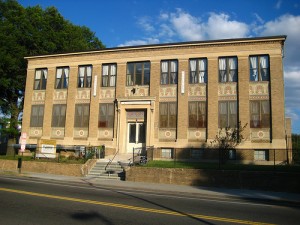About those Charter Schools…
After consuming some tasty morning bytes, I’m reading this interesting listicle from Smart Money: “10 Things Charter Schools Won’t Tell You”. Here’s the first “thing”:
1. We’re no better than public schools. For all the hype about a few standout schools, charter schools in general aren’t producing better results than traditional public schools. A national study by the Center for Research on Education Outcomes at Stanford found that while 17% of charter schools produced better results than neighborhood public schools, 37% were significantly worse, and the rest were no different. (Not that public schools are perfect, as many parents know. See our earlier story, “10 Things Your School District Won’t Tell You,” for more.)
A host of other studies on charter school outcomes have come up with sometimes contradictory results. As with traditional public schools, there are great charters – and some that aren’t so great. “There’s a lot of variation within charter schools,” points out Katrina Bulkley, an associate professor of education at Montclair State University who studies issues related to school governance. “In fairness to organizations that are running high-performing schools, many of them are very frustrated with the range of quality, because they feel that it taints charter schools as a whole,” Bulkley says…
And here’s a bit of #4, “Students with disabilities need not apply.”:
Critics say charter schools commonly “counsel out” children with disabilities. While a few charter schools are specifically designed to serve students with special needs, the rest tend to have lower proportions of students with special needs than nearby public schools, according to a review of multiple studies conducted by the University of Colorado’s Education and the Public Interest Center. Charter schools also appear to end up with students whose disabilities are less expensive to manage than those of public school students. A Boston study, conducted by the Massachusetts Teachers Association, found that 91% of students with disabilities in the city’s charter schools were able to be fully included in standard classrooms, compared to only 33% of students with disabilities in the traditional public schools.
The rest is here.




